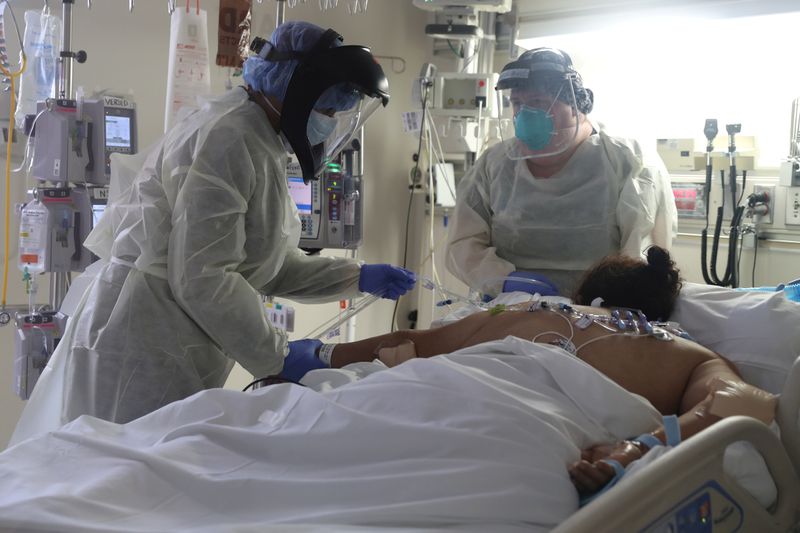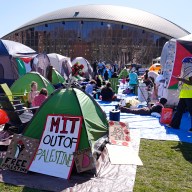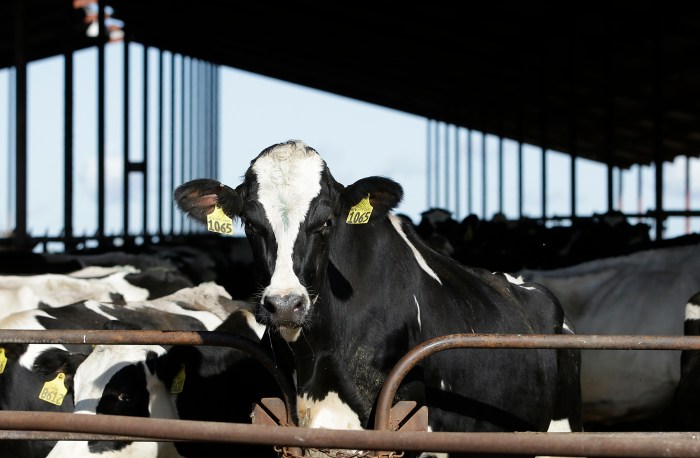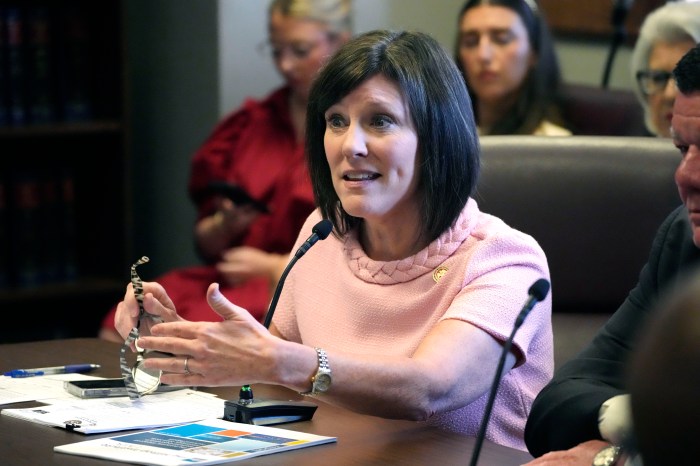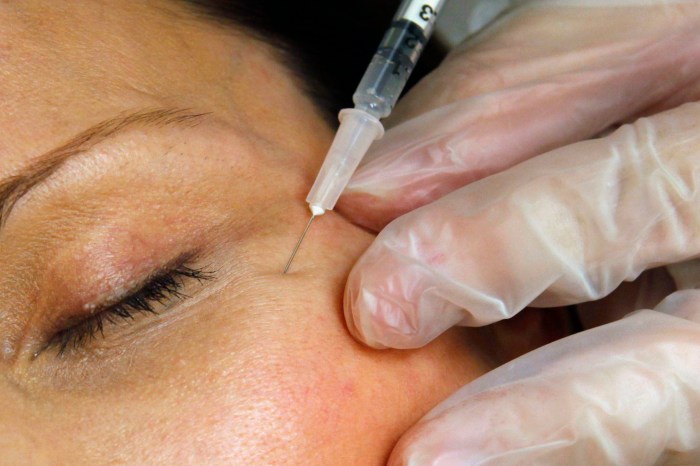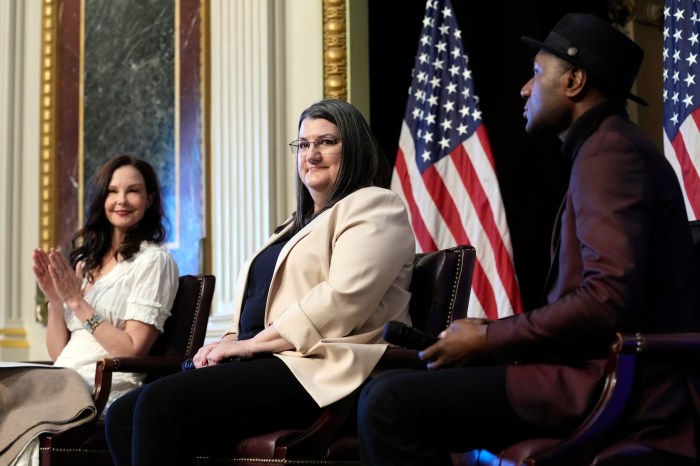NEW YORK (Reuters) – About half a dozen U.S. states including Texas and Arizona are grappling with a rising number of coronavirus patients filling hospital beds, fanning concerns that the reopening of the U.S. economy may spark a second wave of infections.
“The chances of a second wave of infections depend on both our ability to prevent infections via adherence to social distancing principles – mask use, avoiding large gatherings, and keeping small gatherings outdoors – and our ability to detect and isolate the infections that do occur quickly with both testing capacity and contact tracing capacity,” said Dr. Marybeth Sexton, a professor and epidemiologist at Emory University.
Here are some determinants of whether there will be a second wave:
PROTESTS, POLITICS AND SOCIAL DISTANCING
Health experts at the Centers for Disease Control and Prevention have said that large events such as protests or political rallies could be seeding events for future infections. “Social distancing and various measures that we have been using are very effective – very, very difficult – but we do know it works,” said Barun Mathema, assistant professor of epidemiology at Columbia University. “What I’m looking at very carefully is the types of social restrictions that are being implemented and/or being lifted.”
MASK WEARING
Health officials and experts have suggested that widespread use of even cloth masks could reduce the spread of the coronavirus significantly, but few cities and states require it.
REOPENING RULES
How states allow businesses to reopen, and whether they require social distancing and masks, will strongly affect speed of transmission.
TREATMENTS
An effective vaccine or preventative treatment could flatten the curve of a second wave. However, the earliest experts expect any treatment or vaccine designed specifically for the coronavirus would be the end of the third quarter.
WEATHER
While warmer weather typically ends the annual flu season in temperate zones, climate has not stopped the COVID-19 pandemic in any part of the globe. Still, recent data about how sunlight, humidity and outdoor breezes affect the virus gives some reason for optimism that summer could slow the spread.
CONTACT TRACING
Contact tracing has been used for decades to control the spread of infectious diseases. The basic idea is simple: track down infected people, then find everyone who has been in contact and quarantine them. How quickly and broadly U.S. states get contact tracing operations running will play a big role in decelerating a second round of infections.
(Reporting by Michael Erman; Editing by David Gregorio)

